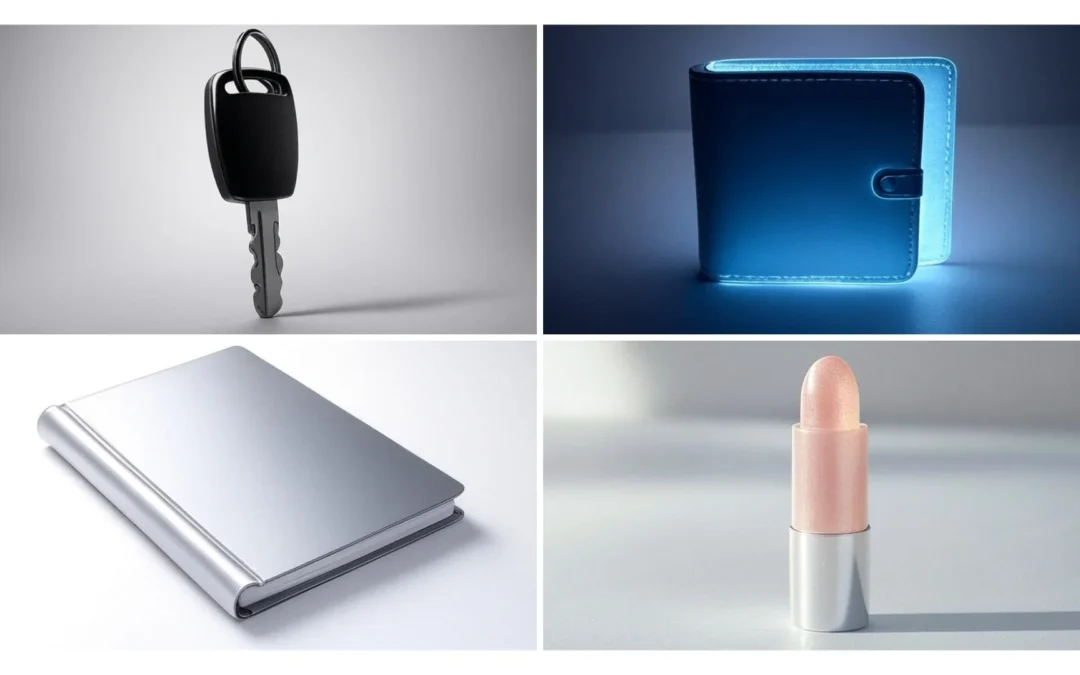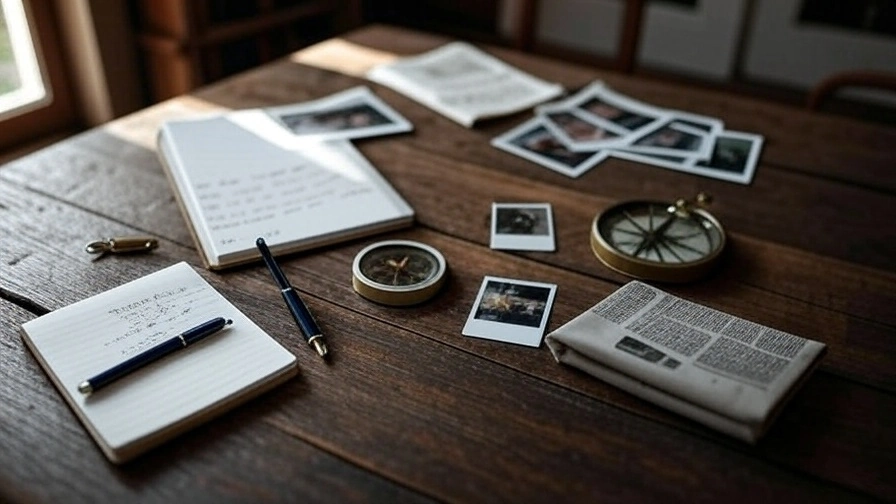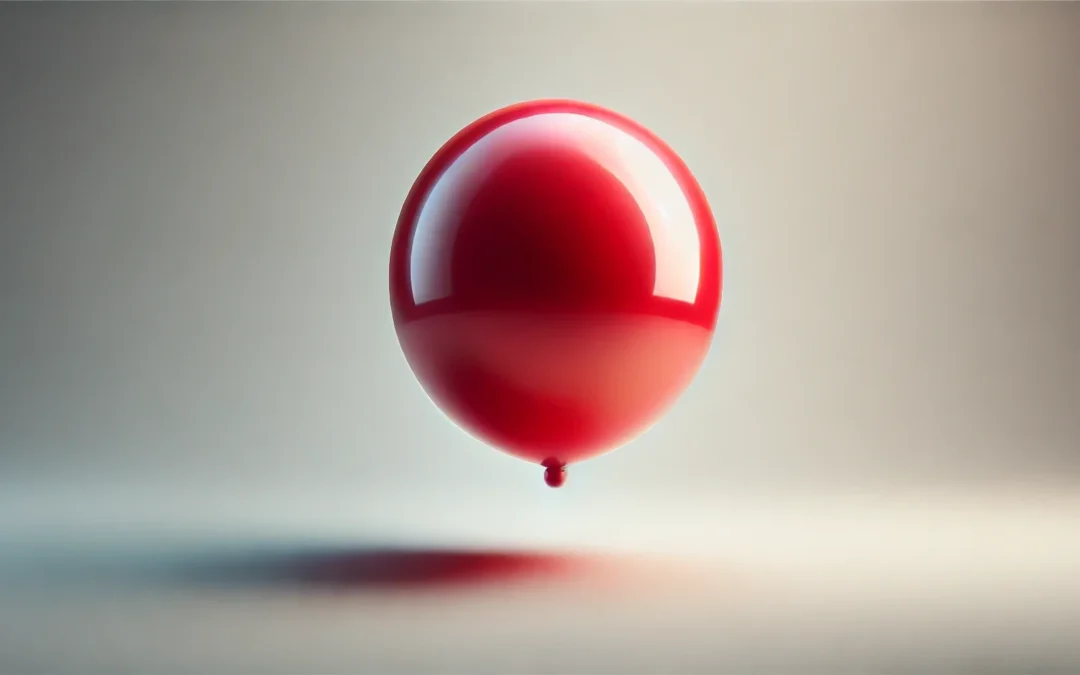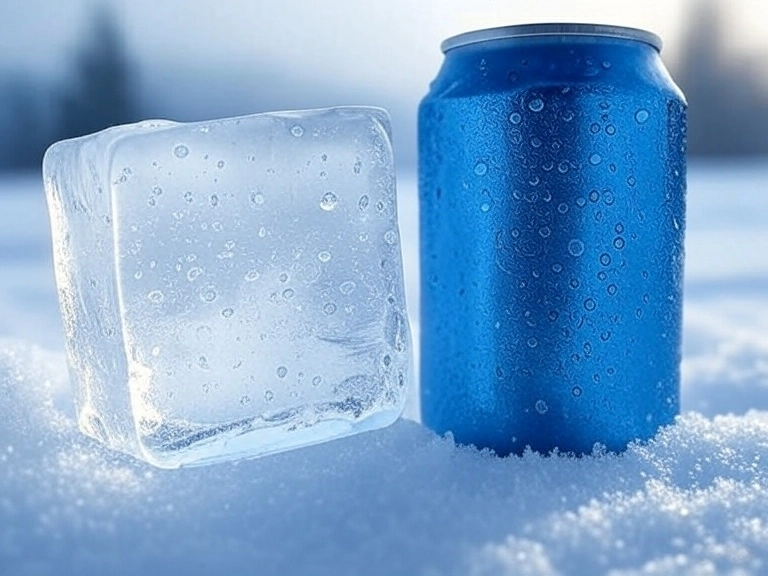Cold is something most people understand the moment they feel it. You step outside on a freezing morning. You grab a drink straight from the fridge. You touch a metal pole in the middle of winter. That sharp, biting sensation? That’s cold.
This article brings together over 100 examples of cold things—real, clear, and relatable. Some are part of daily life. Others are extreme and rare. But all of them help answer one simple question: What are cold things?
Whether you’re curious, writing, teaching, or just thinking about how cold shows up in the world, this guide will give you a better sense of what cold really looks and feels like. From frozen foods to frigid places to icy objects, we’ve gathered the most useful and straightforward examples to help you understand cold in all its forms.
Let’s look at what cold truly means—one example at a time.
100 Things that are Cold – List
1. Ice Cube
Small, solid, and frozen. Ice cubes are classic cold things found in every freezer. You feel their chill instantly when you touch them.
2. Snow
Fluffy and white, snow falls from the sky in freezing temperatures. It makes the air feel sharp and crisp.
3. Ice Cream
Sweet, creamy, and cold. It melts quickly on a warm day and chills your tongue the moment you take a bite.
4. Frozen Meat
Hard to the touch and stored below freezing in the freezer. You can’t cook it without thawing.
5. Antarctica
The coldest place on Earth. Everything is covered in ice.
6. Cold Water from the Fridge
Simple and refreshing. Cold water straight from the fridge cools your body, especially in summer.
7. Snowman
A symbol of winter. Made of snow, it’s cold from head to toe and melts slowly in sunlight.
8. Ice Pack
Used for injuries. It’s freezing at first, but it helps reduce swelling. Often kept in a freezer until needed.
9. Freezer Wall
Touching the inside wall of a freezer can almost burn your skin with its cold. Ice builds up over time.
10. Ice Skates on a Frozen Lake
The blades glide over cold, hard ice. The lake surface is slick and solid under your feet.
11. Metal Pole in Winter
So cold, your skin could stick to it. A common childhood mistake is licking it.
12. Slushie
A drink made of flavored crushed ice. It cools you down fast, and gives brain freeze if you sip too quickly.
13. Dry Ice
Much colder than regular ice. It doesn’t melt—it turns into gas. Used in stage effects and science demos.
14. Ice-Covered Windshield
You have to scrape it before driving. It’s hard, glassy, and often covered in frost patterns.
15. Cold Pizza from the Fridge
No heat, just straight from the fridge. Some people like it better this way. It’s chilly but edible.
16. Winter Wind
It cuts through clothes and freezes your cheeks. Even with gloves, your fingers feel it.
17. Cold Hands
You know it when someone touches you with cold hands. It can make you shiver instantly.
18. Polar Bear Habitat
Cold all year round. Ice, snow, and cold water—this is their natural environment.
19. Frost on Grass
In early morning, the blades are stiff and white. It crunches under your feet.
20. Ice Bath
Athletes use it after intense workouts. Extremely cold and shocking at first.
21. Frozen Berries
Solid and cold from the freezer. They’re used in smoothies and defrost quickly in warm air.
22. Airplane Cabin at High Altitude
Some flights feel cold no matter how many blankets you get. The air is dry and chilly.
23. Fridge Handle First Thing in the Morning
Feels cold to the touch, especially when the kitchen is warm.
24. Leftover Soup from the Fridge
Before heating, it feels gelled and cold. You don’t want to eat it like that.
25. Windshield Washer Fluid in Winter
If it’s not rated for cold, it freezes. Good ones stay liquid in low temps, but still feel icy.
26. Frozen Yogurt
Not as hard as ice cream but still very cold. It’s smooth and icy on your tongue.
27. Glacier
Massive, ancient ice that moves slowly. Being near one feels like standing next to a frozen mountain.
28. Cold Coins
Metal gets cold fast. Coins left in a cold room feel chilly to the skin.
29. Arctic Ocean
Freezing water year-round. Hypothermia sets in fast if you fall in.
30. Cold Pillow in the Morning
Refreshing to lay on, especially after flipping it during the night.
31. Cold Beer
A common example in daily life. Frosted bottles or cans show how cold it is.
32. Mountain Peak in Winter
At high altitudes, the temperature drops fast. Snow and wind make it feel even colder.
33. Frozen Fish
Solid, stiff, and icy. Often packed with a layer of frost in the freezer section.
34. Winter Steering Wheel
Feels like holding a block of ice. Drivers often wear gloves just for this.
35. Gelato
Similar to ice cream but denser. It chills your mouth right away.
36. Car Hood in Cold Weather
Touching it early in the morning, you’ll feel how the cold has sunk into the metal.
37. Frosty Mirror
Foggy and cold to the touch. Often happens in unheated bathrooms.
38. Cold Feet in Bed
Hard to warm up. Makes it hard to fall asleep.
39. Frozen Vegetables
Bag feels like a rock. Each piece is icy and stiff.
40. Cold Butter
Hard to spread. Comes straight from the fridge and resists the knife.
41. Winter Morning Air
It hits your lungs. Breathing feels sharp and fresh.
42. Cold Marble Countertop
Feels cold even in warm rooms. Stone holds temperature.
43. Bag of Ice
From the store. Heavy, wet, and very cold to carry.
44. Cold Shower
Not pleasant for most. Shocking, but wakes you up instantly.
45. Cold Soda Can
Condensation shows how cold it is. The metal cools your hand.
46. Snowball
Compact and icy. Hurts a little when thrown.
47. Cold Bed Sheets
When you first get in, they feel freezing. You warm them up with your body.
48. Popsicle
Frozen juice on a stick. Melts fast and drips in warm air.
49. Iced Coffee
Chilled, not hot. Served with ice and refreshing.
50. Fridge Air Vent
Cold air blows out. You can feel it when you open the door.
51. Mountain Spring Water
Cold year-round. Even in summer, it feels like it comes from a glacier.
52. Block of Ice
Large and solid. Takes a long time to melt.
53. Ski Lift Chair
Metal and exposed. Sitting on it without insulation feels freezing.
54. Snowy Roof
Holds cold for days. Icicles often hang from the edge.
55. Cold Soup (Gazpacho)
Served chilled on purpose. Still, some find it odd not being hot.
56. Refrigerated Truck
Used to keep goods cold. Stepping inside feels like entering a freezer.
57. Cold Glass Bottle
Clear, smooth, and cold to the touch. Drinks feel even colder inside.
58. Shaved Ice Dessert
Delicate ice with syrup. Melts on contact with the tongue.
59. Metal Chair Outside in Winter
Feels like ice. Sitting without insulation is unpleasant.
60. Pack of Frozen Peas
Popular for injuries. Molds around the skin and stays cold.
61. Cold Rain
Feels colder than it is because of wind. Soaks you fast and chills your bones.
62. Snowy Boots
Come in from outside and they’re cold and wet.
63. Cold Metal Tools
Left in the garage. Handle feels icy in your hand.
64. Frosted Glass
Semi-transparent, smooth, and icy. Looks cold too.
65. Snow on a Tree Branch
Quiet and cold. Looks beautiful but reminds you how chilly it is outside.
66. Ice-Covered Branches
Glistening but fragile. Cold to look at and colder to touch.
67. Cold Ceiling Fan Blades
Not running, but still cold when touched in winter.
68. Milk from the Fridge
Chilled and refreshing. Not frozen, but definitely cold.
69. Cold Hard Floor
Tile or wood floor without heating. You feel it right away on bare feet.
70. Frozen Pizza
Stiff and icy. Needs the oven to become food again.
71. Cold Sweat Bottle After a Workout
You feel how chilled it is on your lips.
72. Cold Clay Mask
Used in skincare. Feels soothing and chilly on the skin.
73. Cold Shower Handle
Touching it makes you flinch in winter.
74. Cold Laptop Keyboard
If left in a cold room overnight, the metal keys feel freezing.
75. Mountain Cabin in Winter
Often unheated. Everything inside feels cold to start with.
76. Cold Earbuds
You feel them in your ears right away after grabbing them in winter.
77. Cold Eggs from the Fridge
Shells are smooth and cool. You feel it while cooking breakfast.
78. Cold Draft
Sneaks under the door. You notice it on your ankles first.
79. Winter Hat After Being Outside
Takes on the cold. Feels chilly when you take it off.
80. Cold Pancake Batter
Right from the fridge. Cool and thick to the touch.
81. Thermos Full of Ice
Keeps drinks cold. Even hours later, the ice doesn’t melt.
82. Snowy Slide in a Playground
Kids love it, but it’s slippery and freezing.
83. Snow-Covered Car Roof
You brush it off with your hand and your fingers go numb.
84. Cold Jar Lid
Tough to open and chills your hand.
85. Frozen Lake Surface
Solid under your feet. Dangerous if it cracks.
86. Cold Mirror Frame
Metal part feels freezing in a cold bathroom.
87. Cold Car Seat
Leather especially. Shocks you when you first sit down.
88. Ice Block Sculpture
Used for decoration or events. Cold and temporary.
89. Cold Candle Jar
Feels cool in the hand before lighting.
90. Cold Towel from the Gym Fridge
Used to refresh. Instantly cools your face.
91. Snowflake on a Glove
Tiny but icy. Melts fast but feels cold while it lasts.
92. Cold Plastic Bottle
Not metal, but still holds the cold well.
93. Cold Storage Room
Used in stores. Feels like walking into a freezer.
94. Cold Tray of Cookies (Before Baking)
Butter makes the dough cold and firm.
95. Cold Cotton Shirt in Winter
Feels unpleasant if you wear it without layers.
96. Frozen Waffle
Rigid and cold. Goes in the toaster to become edible.
97. Cold Syrup Bottle
Left in the fridge. Pours slowly because of the temperature.
98. Cold Stone Massage Tool
Used in spas. Feels smooth and cool on the skin.
99. Cold Wooden Spoon
Left in a cold drawer. Surprising when you touch it.
100. Cold Air Balloon on a String
If kept outside. Even rubber and string take on the cold.
The Coldest Things in the World
Some things on Earth – and beyond it – are so cold, it’s hard to even imagine what that feels like. We’re talking about temperatures so low, they’re measured in Kelvin, not Celsius or Fahrenheit. To understand cold more deeply, here are some of the coldest things ever recorded or created. Each one shows just how far cold can go.
Outer Space – Around -270°C (-454°F)
Space is extremely cold. In the vast distance between stars, there’s almost no matter—no air, no particles to hold heat. The average temperature of space is just a few degrees above absolute zero. That’s colder than any natural place on Earth.
Boomerang Nebula – Coldest Known Place in the Universe
This cloud of gas in deep space is colder than space itself. Its temperature has been measured at 1 Kelvin (about -272°C or -457.6°F). That’s just one degree above absolute zero, the theoretical lowest temperature possible. Scientists say it gets this cold because the gas expands rapidly, which causes it to lose heat.
Absolute Zero – Theoretical Lowest Temperature
This is the point where atoms stop moving completely. Absolute zero is 0 Kelvin, or -273.15°C (-459.67°F). Nothing in nature has ever reached it, but scientists have come very close in labs. It’s the ultimate definition of cold.
Bose-Einstein Condensates – Lab-Made Super-Cold Matter
Physicists have used lasers and magnetic traps to slow atoms down to near absolute zero. In this state, matter behaves strangely—it stops acting like individual atoms and starts acting like one big “super atom.” These temperatures are not found anywhere in the natural world.
Liquid Helium – -269°C (-452°F)
Liquid helium is one of the coldest substances that can exist in liquid form. It doesn’t freeze easily and stays liquid close to absolute zero. It’s used in MRI machines and scientific research. If you touched it, you’d get instant frostbite.
Antarctica – Vostok Station, -89.2°C (-128.6°F)
This is the coldest temperature ever recorded on Earth’s surface. It happened in 1983 at a Russian research station in Antarctica. No normal life survives in that kind of cold. Machines break. Batteries die fast. Human skin freezes in seconds.
Dry Ice – -78.5°C (-109.3°F)
Dry ice is the solid form of carbon dioxide. It doesn’t melt into liquid—it goes straight from solid to gas. It’s used to keep things cold during transport or for fog effects at events. It’s extremely dangerous to touch without gloves.
Liquid Nitrogen – -196°C (-320.8°F)
Common in science labs and cryotherapy, liquid nitrogen boils at -196°C. It’s cold enough to freeze almost anything instantly. A rose dipped in it shatters like glass. It’s also used in food preparation, medical treatment, and electronics manufacturing.
Cold Atoms in Research – Below 0.000000001 Kelvin
In specialized physics experiments, scientists have chilled atoms to billionths of a degree above absolute zero. At that point, the normal rules of physics stop working. It’s not something you can feel—but it’s one of the coldest temperatures ever reached by humans.
Helium-3 Refrigerators – Used in Quantum Physics
These high-tech refrigerators can reach temperatures below 0.001 Kelvin. They use helium-3, an isotope of helium, to cool equipment for quantum computing and atomic-scale research. These devices are among the coldest man-made environments in the world.
What Does This All Mean?
Cold isn’t just about snow, ice, or a winter breeze. It stretches far beyond human experience. These ultra-cold things help scientists explore new laws of nature, build better technology, and understand the universe.
Most people will never feel anything colder than a block of dry ice—or a winter storm with brutal wind chill. But knowing what’s out there gives cold a new meaning. It’s not just a temperature. It’s a physical limit that humans are constantly pushing against.
Synonyms for Cold
Here are the most common and useful synonyms for cold. Each of these words can describe something low in temperature or emotionally distant, depending on context.
-
Chilly
-
Freezing
-
Frosty
-
Icy
-
Frigid
-
Cool
-
Glacial
-
Wintry
-
Nippy
-
Brisk
-
Bitter
-
Gelid
-
Arctic
-
Bleak
-
Raw
-
Shivery
-
Subzero
-
Snowy
What Does “Cold” Really Feel Like?
We talk about cold in numbers: zero degrees, negative twenty, minus fifty. But numbers don’t always explain how cold feels. The human body doesn’t measure in Celsius or Fahrenheit. It reacts to cold through skin, breath, and bone.
If you’ve ever stepped outside in January without gloves, you already know what cold means. Your fingers ache. Your nose stings. The cold air hits your throat when you breathe. And if there’s wind? It cuts right through your coat. That’s not just “below freezing.” That’s pain.
Cold changes how we move. It slows people down. It keeps us bundled up, layered, guarded. When it gets cold enough, even talking feels different. Your jaw stiffens. Your breath turns into fog. Eyelashes freeze if you’re out long enough. Ask anyone who’s lived through a blizzard or walked across a snowy parking lot at 6 a.m.
For some, cold is just about temperature. For others, it’s personal. A childhood memory of waiting for the school bus in the dark, stomping your feet to stay warm. The feeling of crawling into cold bed sheets. Holding a frozen can of soda and watching the condensation form.
There’s also a kind of quiet that comes with extreme cold. Snow absorbs sound. Cold air doesn’t carry noise the same way. That silence can be peaceful—or eerie. It depends on where you are and how long you’ve been in it.
And yet, not all cold is the same. A wet cold feels different from dry cold. Standing in 35°F rain can feel worse than walking through -5°F snow, because water pulls heat from the body faster. Wind chill adds another layer. What the thermometer says and what your skin tells you can be miles apart.
People react to cold differently. Some handle it better. Others struggle with it. But everyone knows that certain kind of sharp cold—the kind that hits you when you first walk out the door and makes you question your choices.
Cold isn’t just about science or numbers. It’s about real-world experience. That’s what sticks with people. The way your hands shake after scraping ice off a windshield. The way your back tenses up walking through an icy wind. These are the things that make cold real.
If you’re trying to explain cold to someone who’s never felt true winter, you can’t just show them a number. You show them frostbite. You talk about frozen eyelashes, icy doorknobs, the smell of cold metal, and the way breath clouds in front of your face.
Cold is a temperature. But more than that, it’s a human experience.
Cold People, Cold Feelings
Cold isn’t always about temperature. Sometimes, it’s about behavior. In everyday life, we call someone a “cold person” when they seem emotionally distant, unkind, or hard to connect with. It’s not always meant as an insult—but it usually signals something’s off.
Cold people don’t show much warmth in conversation. They may not smile. They might avoid eye contact. Their words can feel flat or sharp. When you talk to them, it can feel like hitting a wall.
That kind of emotional coldness stands out. Especially in social situations where we expect some level of friendliness—at work, at family gatherings, or even small talk with neighbors.
Sometimes, cold behavior is a shield. People act cold because they’re guarded. Maybe they don’t trust others easily. Maybe they’ve been hurt before. Or maybe that’s just how they’ve learned to interact.
Other times, it’s not personal. Some people are naturally reserved. That doesn’t mean they’re bad or mean. But to others, their lack of expression can feel confusing or off-putting.
Coldness in social interactions matters because humans are wired to seek connection. We read facial expressions, tone, posture. When someone seems cold, we instinctively pull back. We stop sharing. We get defensive. It can lead to misunderstandings, broken relationships, or a general feeling of discomfort.
But not all cold people are cruel. Some are just uncomfortable with emotion. Others are focused on logic over feelings. In those cases, what looks like coldness might just be a difference in communication style.
It helps to know the signs. A cold person may:
-
Avoid personal conversations
-
Keep responses short
-
Offer little or no empathy
-
Show little facial emotion
-
Seem uninterested in others
If you deal with cold people often, it’s smart to adjust expectations. Don’t always expect emotional support. But also—don’t assume they hate you. Often, it’s not about you at all.
In the end, emotional coldness shapes how we interact. It affects friendships, work relationships, and family dynamics. Understanding it doesn’t mean accepting bad behavior. But it can help you respond more clearly and avoid taking things too personally.
Everyone has cold moments. But when coldness becomes a pattern, it changes how people feel around you. That’s why it matters.
The Most Popular on BitGlint

Top 100 Personal Items List
Everyone uses personal items in their daily lives, often without even thinking about them. From the moment you wake up...

30 Vice Versa Examples & Meaning
The phrase vice versa is short, but it carries a lot of meaning. You’ve probably heard it in daily conversations, read...

Top 30 Desire Examples & Definition
Desire is a powerful force that drives much of human behavior, shaping our goals, dreams, and everyday decisions. It's...

100 Non-Digital Things List
In everyday life, there are still hundreds of objects, tools, and materials that exist completely outside the digital...

30 Examples of Attention & Definition
Have you ever noticed how a catchy tune can grab your attention, even when you're busy doing something else? It's...

100 Heavy Things List
Some things in life are just heavy. You know it when you try to lift them. It could be a steel beam, a couch, a full...

Top 30 Intimacy Examples & Meaning
Intimacy goes beyond physical touch or romantic moments. It’s about closeness, trust, and connection. In everyday...
Get Inspired with BitGlint
The Latest
30 Longevity Examples & Meaning
Longevity is a word we hear often, but few stop to think about what it really means. Most people connect it with a long life. But longevity is more than just the number of years someone lives. It also applies to things that last—ideas, traditions, relationships,...

30 Teasing Examples & Definition
Teasing is a common part of human interaction. People tease in different ways, for different reasons. Sometimes it is friendly. Sometimes it can hurt feelings. Understanding what teasing means and seeing clear examples helps everyone handle these moments better....
40 Thought Experiments for Curious Minds
Some questions can’t be answered with a simple yes or no. Some problems don’t have a clear solution. That’s where thought experiments come in. They aren’t just old ideas from philosophy books. Thought experiments are tools we still use to think through problems, test...
30 Biotechnology Examples in Everyday Life
Biotechnology is a part of everyday life, even if most people don’t notice it. It plays a role in the food we eat, the medicines we take, and even how diseases are treated. From life-saving vaccines to better crop production, biotechnology is shaping the way we live....

